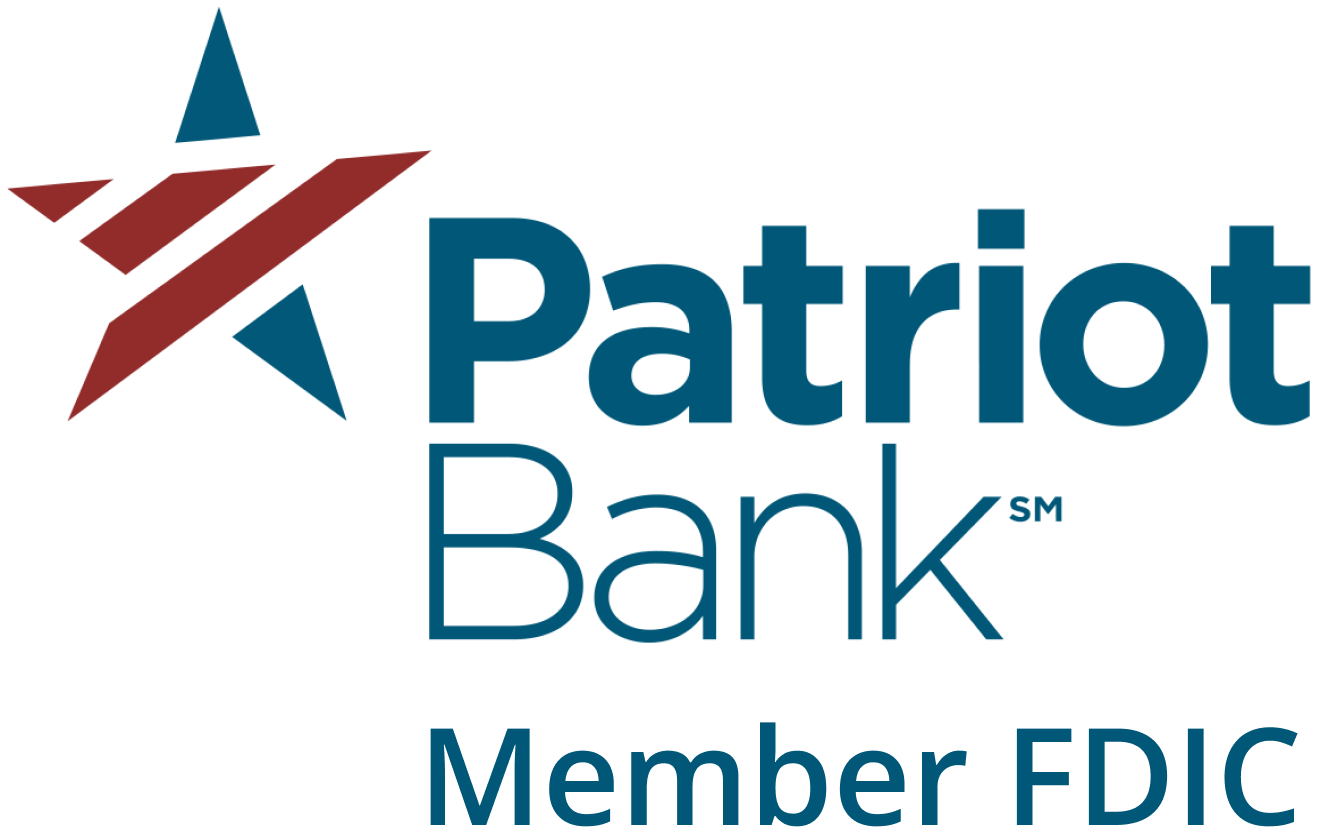Best long-term investments to consider
Learn how to choose assets that best fit your long-term investment strategy.
What are long-term investments: Long-term investing means holding assets like stocks, bonds, real estate, or retirement accounts for five or more years, giving your money more time to grow.
Building your long-term portfolio: There are many options for building a diversified long-term portfolio, including stock and bond funds, real estate, retirement accounts, and certificates of deposit — each with different levels of risk and return.
Finding the best long-term investments: The best long-term investment strategy depends on your goals, time horizon, and risk tolerance, but avoiding common pitfalls like chasing returns, overlooking fees, or ignoring inflation can help keep you on track to reaching your goals.
What is a long-term investment?
A long-term investment is an asset you plan to hold for an extended period, typically five years or more, with the goal of building value over time rather than chasing quick returns. These assets can include stocks, bonds, real estate, mutual funds, retirement accounts, or high-yield savings accounts (although not a traditional investment). The idea with long-term investing is giving your money more time to potentially grow, ride out short-term market ups and downs, and benefit from compounding.
Different types of long-term investments
There are many types of assets available on the market for long-term investment opportunities. When choosing what to invest your money in, it is important to consider your financial goals, investment risk tolerance, and be aware of possible losses you can face. All investments carry risk, including potential loss of principal. Diversification and a long-term perspective don’t guarantee profits or prevent losses.
Here are some examples of long-term investments to consider.
Long-term investment stocks and stock funds
Investing in individual stocks involves buying shares in specific companies, making you a partial owner and allowing you to claim a portion of the companies’ assets and earnings. While long-term stock investments may offer the potential for high growth and high investment returns, these earnings are not guaranteed, as you may still face losses.
Stock funds combine a diversified portfolio of individual stocks and equity securities to spread your risk across many companies. If you want to invest in stocks, but don’t want to spend as much time analyzing individual stocks and constantly monitoring the stock market, a stock fund can be an alternative.
You can invest in stock funds through exchange-traded funds (ETFs) or index funds, such as the S&P 500, at generally low fees. Stock funds still allow investors to be slightly more aggressive with their investment strategy without allocating as much time to individual stock trading. They provide a way to diversify your portfolio and can help spread your risk, offering a more stable option than individual stocks. However, it is important to note that past performance does not guarantee future results, and you may still face potential losses.
Bonds and bond funds
Bonds are loans you as an investor make to a government or corporation. They work by earning a fixed income through periodic interest payments and getting the full initial investment back when the bond matures. Bond funds are a mix of multiple loans (or bonds), which can offer more diversification and help reduce risk. There are many types of bonds available, including government, municipal, corporate, and treasury bonds, each with unique characteristics and advantages.
Bonds can help provide a steady income stream through regular interest payments, making them an attractive option for investors seeking consistent returns. You could also consider a bond laddering strategy (having multiple bonds at different maturities) for a more predictable income stream.
Since bonds are considered to be less risky compared to other examples of long-term investments (such as stocks), their yields might be lower, but they can potentially help offset losses from riskier investments. However, it is still important to be aware of possible losses you may face, as different types of bonds may have varying levels of risk.
Real estate and REITs
Buying homes, apartments, rental properties, office buildings, retail spaces, or other property types can also yield a steady income stream through rent and potential appreciation in property value over time. However, direct ownership of real estate investments requires a significant amount of capital upfront and a good understanding of the real estate market.
If you want exposure to real estate investments without the hassle of managing properties, real estate investment trusts (REITs) might be a viable alternative. REITs are publicly traded companies that own, operate, or finance income-producing real estate across various sectors. This investment type can help you diversify your portfolio and potentially produce passive income long-term.
Retirement accounts
Retirement accounts are specialized financial accounts (such as 401(k)s, Roth 401(k)s, IRAs, and Roth IRAs) designed to help you save and invest money in the long run for retirement. They often come with tax advantages, like tax-deferrals for traditional 401(k) and IRAs, or tax-free growth using after-tax dollars in Roth IRAs and Roth 401(k)s.
Because they promote regular saving, offer built-in tax advantages that optimize growth, and frequently enable access to a variety of investment options, including stocks, bonds, and funds, they are seen as wise long-term investments. The compounding potential of a tax-advantaged account can eventually greatly boost your retirement savings, and using employer match strategies can help you further grow your funds.
Certificates of deposit (CDs)
Although they are not a traditional investment, certificates of deposit (CDs) can also be used to invest money long-term. CDs let you lock in an interest rate for a fixed amount of time, but in return you agree to leave your money untouched during the deposit period to avoid paying a penalty. If you want to avoid penalty fees and want more liquidity, you can also opt for a no-penalty CD, but interest rates may be lower.
Since CDs generally offer higher interest rates than traditional savings accounts, and also benefit from compound interest, long-term CDs can help serve as a hedge against inflation, especially if you can secure interest rates above the inflation average.
They are also safer than investment options such as stocks, because you will not have to worry about market volatility after locking in an interest rate and can count on a guaranteed return. You could also consider a CD laddering strategy, opening multiple CDs with varying maturity dates, to potentially earn higher interest rates while still accessing portions of your money periodically.
A long-term CD can be a good option if you won't need to access your funds during the CD’s term. You might want to shop around to get the best interest rate offer and ensure you will meet the minimum deposit fees. Some institutions require larger minimum deposits to open CDs (for example, $500 to $10,000), but the Raisin marketplace only requires a $1 minimum deposit for both fixed-term and no-penalty CDs. Explore account types, compare interest rates, and sign up today to start growing your funds.
$
Bank
Product
APY
Maturity
Raisin is not an FDIC-insured bank or NCUA-insured credit union and does not hold any customer funds. FDIC deposit insurance covers the failure of an insured bank and NCUA deposit insurance coverage covers the failure of an insured credit union.
Benefits of long-term investing
Long-term investing can help play a role in building lasting financial security. Potential benefits of long-term investing include:
Compound interest: The longer your money stays invested, the more it can grow over time due to compound interest.
Reduced impact of market volatility: Markets can fluctuate a lot in the short run, but historically, long-term investors tend to ride out those swings more smoothly,1 as they have more time to recover. However, it is still important to consider potential losses.
Tax advantages: In some cases (like certain retirement accounts or long-term capital gains), holding investments longer can help you reduce what you owe in taxes, meaning you get to keep more of your earnings.
Less stress compared to short-term investments: Long-term investments mean you don’t necessarily have to track daily market movements, and makes it less tempting to “time the market,” which can potentially lead to major losses.
- Goal alignment: You can use long-term strategies to align with major life goals, including saving for retirement, buying a home, or funding education.
How to choose the right long-term investment strategy
When creating a long-term investment strategy, there is no one-size-fits-all approach. The best strategy will be the one that is tailored to best fit your goals and needs, but it is also important to be aware of potential pitfalls that may set you back.
Here are some factors to consider when designing your investment strategy:
Determine your financial goals and investment horizon: Determine the financial goals you want to achieve with investing (e.g., saving for retirement, buying a home, or educational purposes), and how long you need to invest to achieve these goals. Your investment horizon can greatly influence the time you have to grow your money and to recover from market volatility.
Evaluate your personal risk tolerance: Your risk tolerance will help you better choose what to invest in. As most investments have some associated risk, it's important to determine how much you are willing to lose when spreading your money across different investments.
Consider your liquidity needs: Understanding your financial goals can also help you better understand your liquidity needs. Aligning your investments with your liquidity needs can help ensure financial stability and help you mitigate unforeseen financial circumstances.
Diversify across asset classes: Spreading your investments among and within asset classes — stocks, bonds, real estate, and cash savings — can help ensure portfolio diversification and help you balance risk. Your asset allocation should also reflect your financial goals and risk tolerance.
Regularly review and adjust your portfolio: Regularly adjusting, or rebalancing, your portfolio is essential to stay on track of your financial goals. As your life circumstances change, you may want to adjust your investment strategy to reflect these changes as well.
Set realistic expectations: Setting realistic expectations can help you better reach your financial goals. By using the SMART framework (Specific, Measurable, Achievable, Relevant, and Time-bound), you can define your objectives and develop a strategy to help you achieve your goals.
Here are some common pitfalls to avoid:
Chasing returns: Jumping from one hot investment to another can potentially increase the risk of losses. Long-term investing is about steady growth rather than trying to chase quick wins.
Ignoring fees: Even small fees can eat into your returns over decades. Paying attention to expense ratios and account costs can help keep more of your money compounding.
- Neglecting inflation impact: Holding too much cash may feel safe, but inflation may erode purchasing power. Including growth-oriented assets in your portfolio helps protect your wealth over time.
Take control of your financial future with Raisin
Long-term investing can help you grow your wealth and work toward financial independence. By aligning your investments with your personal goals, risk tolerance, and time horizon, you can create a plan that balances risk with growth potential. Whether it’s through stocks, bonds, real estate, or retirement accounts, the best long-term investments will be the ones that help you best reach your goals. The key is to stay consistent, avoid common pitfalls, and regularly review your portfolio.
If you’re ready to get started growing your wealth today, Raisin is here to help. The Raisin marketplace offers CDs and other high-yield savings products that can help you work towards reaching your financial goals. Explore account types, compare competitive interest rates, and sign up today to start maximizing your savings potential!
FAQs on long-term investments
How much money do I need to start long-term investing?
You don’t need a large sum to begin investing; many brokerages and investment apps allow you to start with low funds, but actual amounts may vary.
What is the safest long-term investment option for beginners?
While no investment is entirely risk-free, the safest long-term investment option for beginners will be one that most closely aligns with your risk tolerance. You might want to explore low-risk investment options and weigh out the pros and cons to see what would best fit your financial goals and needs.
While returns on low-risk investment options may be lower compared to stocks, they can help provide stability and predictable income. However, it is still important to be aware of possible risks, as low-risk does not mean risk-free.
Can you lose money with long-term investments?
Yes, all investments carry some degree of risk. However, by holding investments over a longer horizon, diversifying your portfolio, and avoiding reactionary decisions, you can help balance your losses and give your money more time to recover from market downturns.
Is a high-yield savings account a good long-term option?
High-yield savings accounts can be a safe place for emergency funds or short-term goals, but they typically don’t keep pace with inflation over decades, as their interest rate would need to be consistently higher than the inflation rate over many years. Since high-yield savings accounts have the merit of enabling easier access to cash, you might use them to complement a longer-term investment strategy. For true long-term growth, some investors pair them with investments that have higher return potential, or you might want to consider a CD.
Related Content
The above article is intended to provide generalized financial information designed to educate a broad segment of the public; it does not give personalized tax, investment, legal, or other business and professional advice. Before taking any action, you should always seek the assistance of a professional who knows your particular situation for advice on taxes, your investments, the law, or any other business and professional matters that affect you and/or your business.







